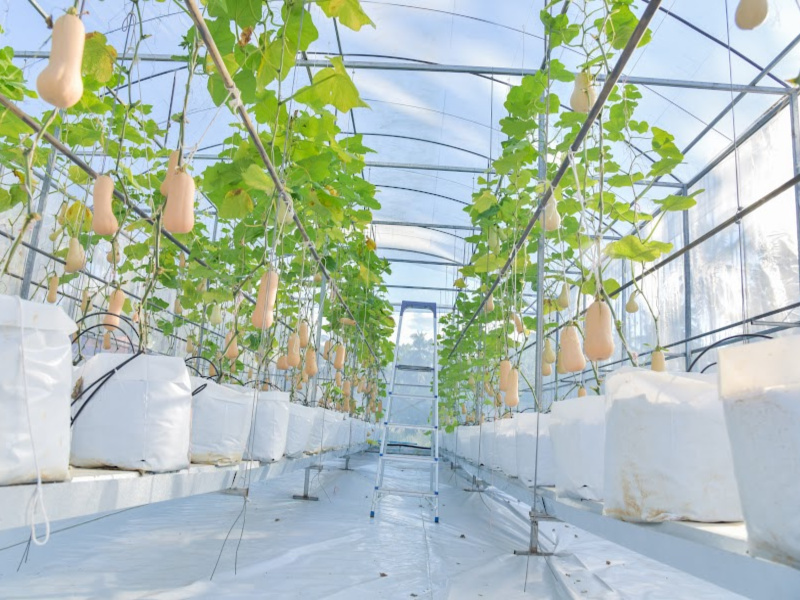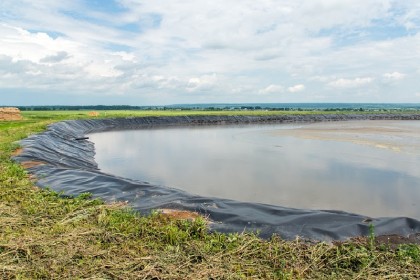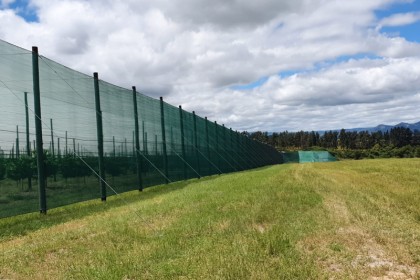
The Brilliant Butternut Seed
Butternut squash (Cucurbita moschata) is most commonly thought of as a vegetable, although it is technically a fruit, is the perfect addition to any holiday feast. Butternut squash plants yield fruits that emerge green and grow into beige-coloured gourds with thick, rigid rinds. The delicate, orange flesh has a nutty flavour that is similar to pumpkin. Butternut squash is not only delicious, but the butternut seed is also high in vitamins, minerals, fibre, and antioxidants.
This article will guide you to plant and grow butternut yourself, so you can reap the benefits of the brilliant butternut seed.
How Do You Plant Butternut Seeds?
Butternut squash is one of the most commonly cultivated squashes. The bulbous, pear-shaped fruits, which have thick, delicious orange flesh and thin skin, are ready to be harvested in the Autumn months. Their popularity and versatility make them the perfect crop to plant, grow, sell, and export.
There are 7 elements that need to be considered when you are thinking about planting and growing butternut. These elements consist of:
The preparation of the planting space must be prepared at least one month before the planting commences. If the soil has to be composted, start by putting 20 m3 to 30 m3 of manure or compost per hectare and push it into the top 300 mm of soil.
Butternut squash is grown from seed. Southern Hemisphere Seeds has a wide variety of different butternut seeds for sale, all with different special features. These butternut cultivators include:
- HY1390: This specific butternut cultivator will produce a versatile variety of fruits between the size of 700g - 2.5 kg. This variation is excellent for exporting to European markets and the grown butternut will brag with deep, dark, orange flesh.
- HY3706: This cultivator has very high production potential and produces a vigorous variety of big blocky fruit. The size of the butternut grown from this specific seed is usually sized between 1.2 kgs and 3 kgs.
- HY6315: These butternut seeds produce smaller sized fruits (1.4 kg - 1.8 kg), within a shorter growing period. What’s special about this cultivator is its excellent tolerance against diseases which makes this the ideal option for export markets.
- HY538: This specific butternut cultivator is the leading seller in South America, and its features include great storage ability and low fertilizer input.
- Aquiles: The Aquiles butternut seed produces an exceptional yield with high brix and great disease tolerance. The size of its fruit varies between 800kg and can go up to 1.5 kgs.
- Ulises: These butternut seeds produce big (1.2 kg - 2.5 kg), dark, tan fruit with dark orange flesh. These yields are ideal for fresh produce markets in winter production areas.
Seeds are sown both manually and mechanically. The butternut seeds are planted into the prepared planter. The seeds are placed 2.5 cm to 3 cm deep. Plant two seeds, 10 cm apart, at each seed location to guarantee coverage.
Plants should be planted 30 cm to 40 cm apart in 120 cm rows. This equates to around 50 000 to 60 000 butternut seeds per hectare.
Because butternuts are a warm-weather vegetable, they are planted from early spring to mid-summer. Planting begins in August when temperatures have begun to rise. Planting will begin in September, in locations where frost and cold temperatures are still a possibility. Planting can be delayed until early December if mid-summer temperatures do not consistently exceed 35°C.
During the growth season, irrigate at a rate of 25 to 35 mm per week. Adequate root zone water is required for proper fruit development for fruits with a deep root system like butternut.
The growing period of butternut, from the propagation stage to the first harvest, is usually between 12 and 15 weeks. This means harvesting will usually take place between October and November.
Farmers who cultivate butternuts from seedlings may expect to harvest 20t – 30t per hectare, with proper spacing and irrigation.
Southern Hemisphere Seeds has a wide variety of different butternut seeds for sale. At AGRIFOODSA we recommend Southern Hemisphere Seeds and be guaranteed the highest potential in production and disease tolerance, together with the latest technology of herbicide resistance.












